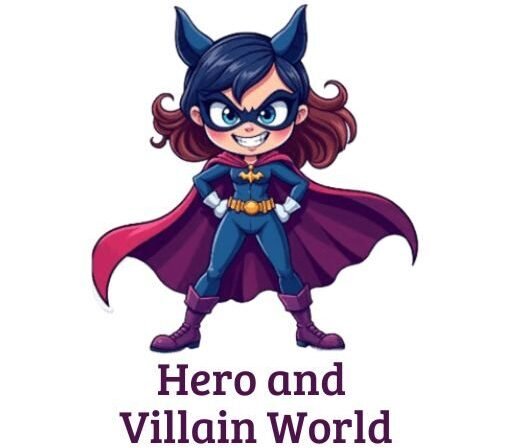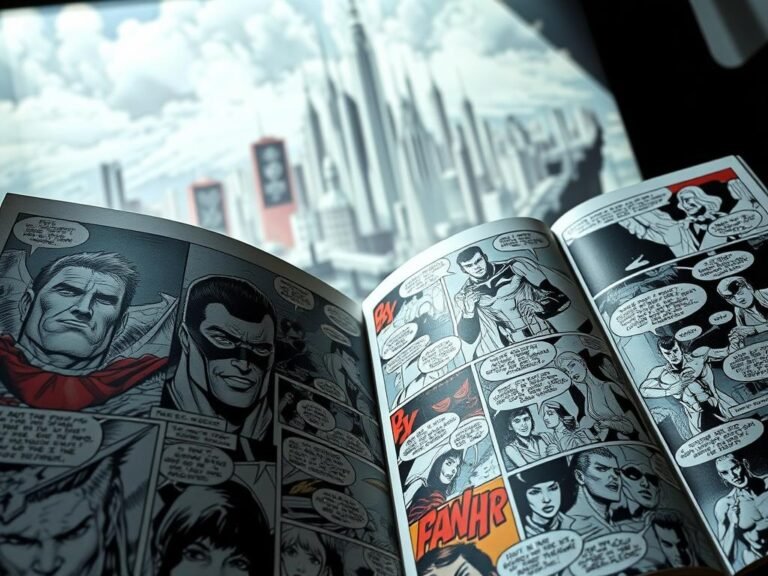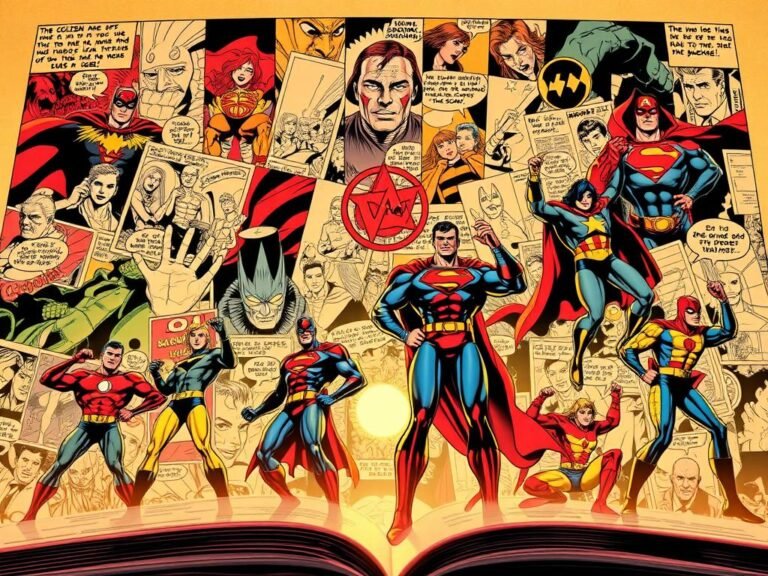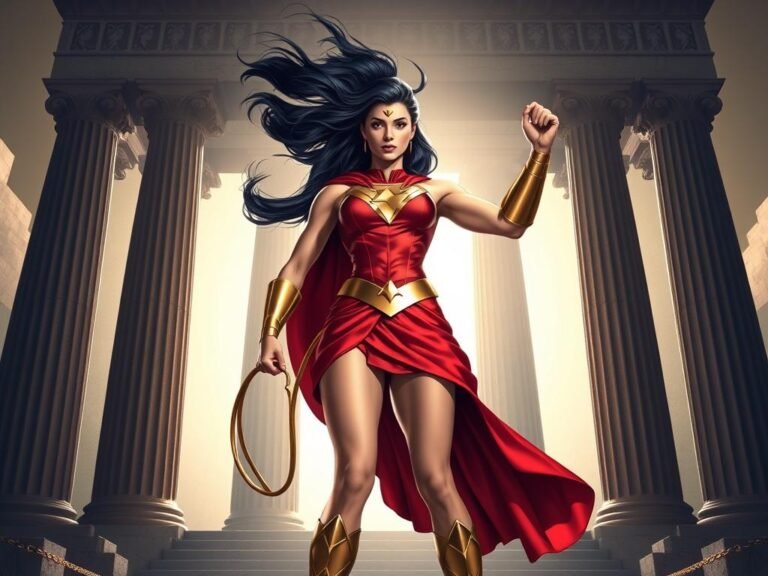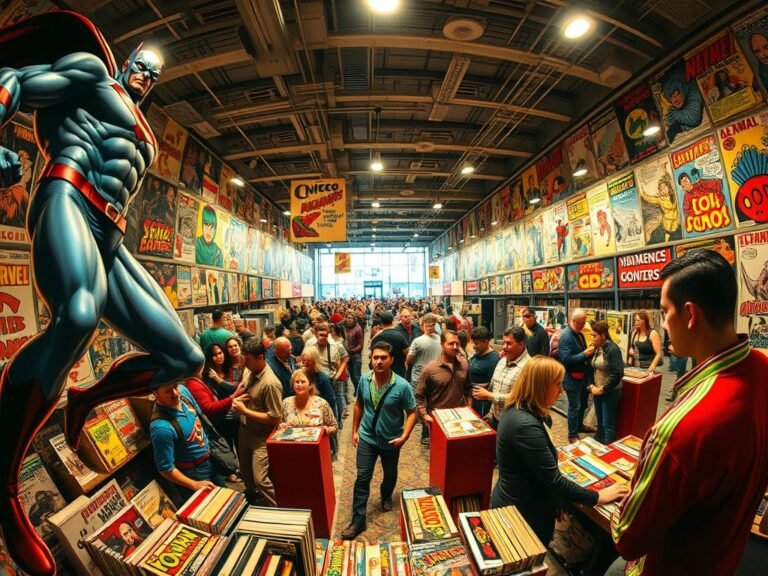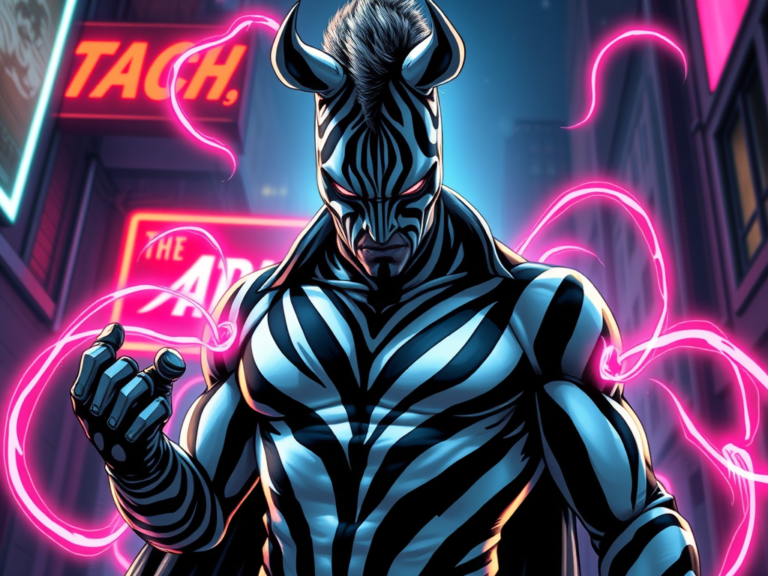Historical Events That Shaped Comics
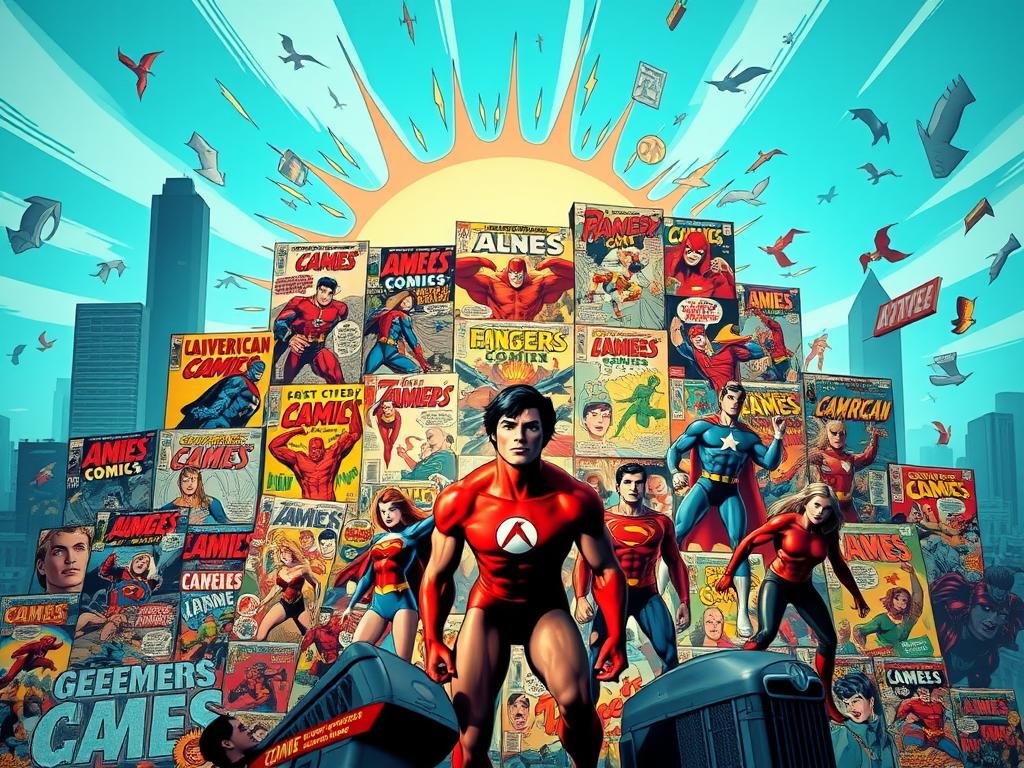
I’ve always been fascinated by how comic books evolved over time. From the debut of Superman in Action Comics #1 to the rise of Marvel’s iconic heroes, these moments didn’t just shape stories—they changed the way we see superheroes and their worlds.
Think about it: a single issue introduced characters like Captain America during World War II, reflecting the hopes and fears of their time. These characters became more than ink on a page—they became symbols of resilience and courage.
As a reader, I’ve seen how these milestones continue to inspire new generations. Whether it’s the Silver Age’s creativity or the Modern Age’s bold storytelling, each era brought something unique to the table.
Let’s dive into these unforgettable moments and see how they’ve shaped the comic book world we love today.
Introduction: My Journey Through Comic Book History
From the moment I held my first comic, I knew I was hooked on this vibrant world. It wasn’t just the colorful pages or the larger-than-life characters—it was the way these stories made me feel.
That first issue opened a door to a universe where anything was possible.

Setting the Stage for Iconic Moments
One of the most unforgettable moments in my journey was discovering *Action Comics #1*. This wasn’t just a comic book—it was the birth of Superman, a superhero who changed the game forever.
That single issue set the stage for everything that followed, from the Golden Age to the Modern Age.
Over the years, I’ve seen how events like the creation of the Comics Code Authority reshaped storytelling. Censorship forced creators to think outside the box, leading to some of the most innovative storylines in comic history.
Why These Events Still Matter Today
Understanding these moments isn’t just about nostalgia—it’s about appreciating how they influence the comics we read today. Whether it’s the tragic loss of a beloved character or a universe-altering reboot, these events add depth to every story.
For readers like me, these milestones are more than just history—they’re a reminder of why we fell in love with comic books in the first place.
And as we dive deeper into the history of this medium, you’ll see how these moments continue to shape the comic book world we cherish.
The Golden Age: Birth of Superhero Legends
The Golden Age of comics holds a special place in my heart as the era where legends were born. It was a time when superheroes leaped off the page and into our imaginations, forever changing the way we see comic books.
This period, starting in the late 1930s, laid the groundwork for the stories and characters we love today.
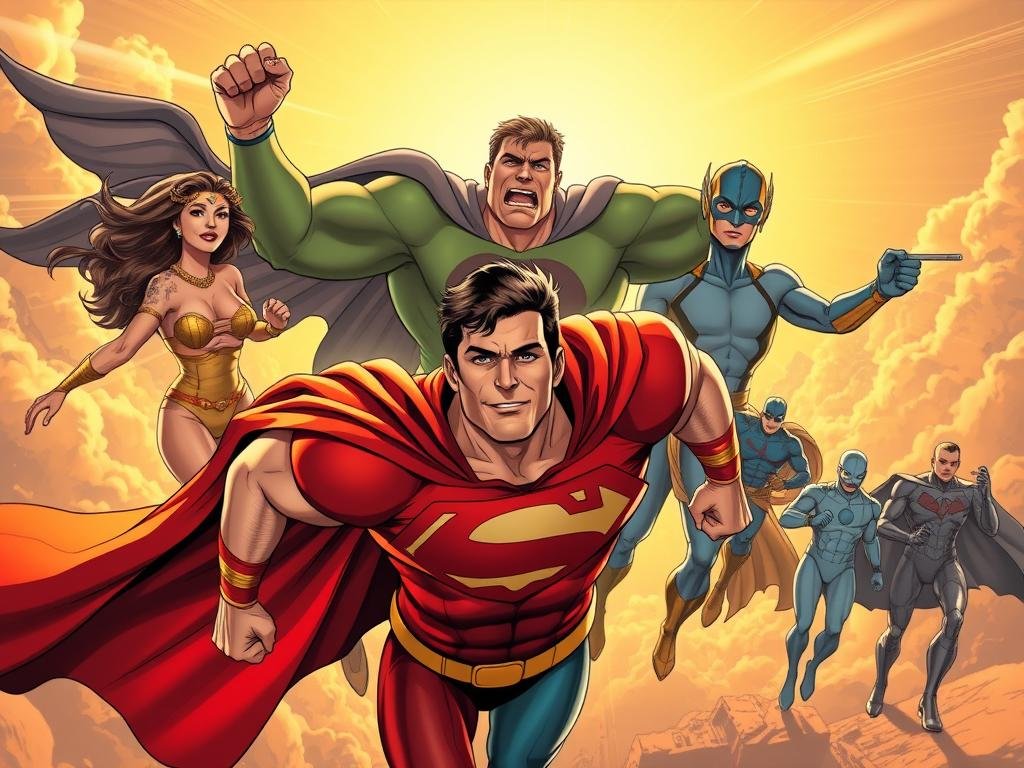
Action Comics #1 and the Rise of Superman
One of the most defining moments of the Golden Age was the release of *Action Comics #1* in 1938. This issue introduced Superman, the first true superhero, and it was a game-changer.
His debut marked the beginning of the superhero comic genre, inspiring countless characters and stories.
Superman wasn’t just a hero; he was a symbol of hope during a challenging time. His popularity soared, and soon, other publishers began creating their own superheroes.
This explosion of creativity set the stage for the Golden Age to flourish.
Early Marvel Beginnings and the Fantastic Four
While DC dominated the early years, Marvel (then Timely Comics) began making waves with its own superheroes. The introduction of the Fantastic Four in 1961 marked a new chapter in comic book history.
This team brought a fresh dynamic to storytelling, focusing on relationships and personal struggles.
The Fantastic Four’s success paved the way for other Marvel heroes like Spider-Man and the X-Men. Their stories were relatable, blending everyday challenges with extraordinary powers.
This approach resonated with readers and solidified Marvel’s place in the comic book world.
Looking back, the Golden Age wasn’t just a period in history—it was the foundation of everything we cherish about comics today. From Superman’s first flight to the Fantastic Four’s adventures, these moments continue to inspire fans and creators alike.
Shaping the Industry: Comics Codes and Cultural Shifts
The 1950s brought a turning point for the comic book industry, one that would redefine its future. During this time, external criticisms and cultural pressures led to significant changes in how stories were told. It was a period of both challenge and creativity for creators.

Seduction of the Innocent and the Birth of the Comics Code Authority
In 1954, Fredric Wertham’s book *Seduction of the Innocent* sparked a wave of controversy. Wertham argued that comic books negatively influenced children, leading to calls for stricter regulation.
This criticism forced the industry to respond, resulting in the creation of the Comics Code Authority.
The Code imposed strict guidelines on content, banning themes like horror, crime, and even certain types of violence.
As a reader, I was surprised to learn how these rules reshaped the tone of comics. Characters and storylines had to adapt to fit these new standards.
How Censorship Changed Storytelling in Comics
Despite the restrictions, many creators found innovative ways to tell compelling stories. They began embedding deeper themes and subtext into their work, often addressing social issues indirectly.
This period challenged writers and artists to think outside the box, leading to some of the most creative comic book narratives of the time.
Looking back, it’s fascinating to see how real-world cultural shifts directly affected comic content. The Comics Code Authority may have limited certain topics, but it also pushed creators to explore new ways of storytelling. For more on how society influences comics, this resource offers deeper insights.
These changes set the stage for later shifts, where reboots and new series eventually broke free from these constraints. It’s a reminder of how the comic book industry has always evolved, reflecting the world around it.
Tragic Moments That Redefined Character Arcs
Tragic moments in comics have always left a lasting mark on me. These events aren’t just about shock value—they’re about how they reshape the story and the characters we love.
One of the most unforgettable examples is the death of Gwen Stacy in *The Amazing Spider-Man #121*.
The Death of Gwen Stacy and Its Lasting Impact
When Gwen Stacy died in 1973, it was a moment that stunned fans and changed the comic book world forever. Her death wasn’t just a plot twist—it was a turning point in storytelling.
Marvel took a huge risk by killing off a beloved character, and it paid off in ways no one expected.
This event marked the beginning of the Bronze Age, a period where comics began to tackle more mature themes.
Gwen’s death showed that even superheroes couldn’t always save the day. It added a layer of realism and depth to stories that hadn’t been seen before.
Heartbreaking Losses That Changed Superhero Narratives
Gwen Stacy’s death wasn’t the only tragic moment that redefined comics. Over the years, other losses have had a similar impact.
These moments remind us that heroes are human, and their struggles resonate with readers on a deeper level.
For me, these heartbreaking events brought a new level of emotional connection to the comic book world. They showed that stories could be more than just action-packed adventures—they could be powerful reflections of life’s challenges.
As I look back on these moments, I’m reminded of why I fell in love with comics in the first place. They’re not just about superheroes—they’re about the human experience, told in a way that’s both thrilling and deeply moving.
Crossover Events and Reboots That Transformed Universes
Comic book crossovers and reboots have always been a thrilling way to shake up the status quo. These large-scale events not only reset continuities but also modernized how we see our favorite characters.
From streamlining complex multiverses to introducing darker, more mature narratives, these moments have left a lasting impact on the comic book world.
Crisis on Infinite Earths: Resetting Continuity
One of the most groundbreaking events in comic history was *Crisis on Infinite Earths*. Released between 1985 and 1986, this series streamlined DC’s multiverse, merging multiple Earths into one cohesive universe.
It was a bold move that simplified decades of complicated storylines.
For fans, this was a game-changer. Characters like Superman and Wonder Woman were reimagined, and their histories were rewritten.
The event not only recalibrated character arcs but also influenced how publishers approached storytelling. It set the stage for future reboots and crossovers, proving that even the most established comic book worlds could evolve.
The Dark Knight Returns and the New Age of Comics
In 1986, Frank Miller’s *The Dark Knight Returns* redefined Batman for a new generation. This story introduced a grittier, more adult portrayal of the hero, moving away from the campy tone of earlier comics.
It was a turning point that paved the way for more mature narratives in the comic book industry.
Miller’s work didn’t just change Batman—it changed the way creators approached superhero stories. The book explored themes of aging, morality, and redemption, resonating with older readers.
It also influenced future adaptations, from movies to TV shows, proving that comics could be both entertaining and thought-provoking.
| Event | Year | Impact |
|---|---|---|
| Crisis on Infinite Earths | 1985-1986 | Streamlined DC’s multiverse, reset character continuities |
| The Dark Knight Returns | 1986 | Redefined Batman, introduced mature storytelling |
These events didn’t just reshape comic book universes—they redefined what superhero stories could be. They balanced legacy with innovation, creating a new era that continues to inspire fans and creators alike.
The multiverse is on the brink of collapse, and only the greatest heroes can stand against the darkness consuming reality. This volume collects the first wave of stories that set the stage for the Crisis on Infinite Earths. From Swamp Thing’s battle to fix his gravest mistake to Batman and Catwoman’s deadly struggles under red skies, these stories delve into the heart of DC’s characters as they fight for survival.
Historical Events That Shaped Comics
Looking back at the 1990s, I can’t help but marvel at how Marvel Comics navigated its darkest hour. This period was a turning point, not just for the company but for the entire comic book industry.
It was a time of financial crisis, creative risks, and unexpected collaborations that ultimately reshaped the landscape of superhero storytelling.
Marvel’s Financial Struggles and the Road to Revival
In 1996, Marvel faced bankruptcy, a shocking moment for fans like me who had grown up with their iconic characters.
The company had overextended itself, and the collapse of the comic market in the early ’90s only made things worse. To survive, Marvel made some drastic decisions, including selling the film rights to its most popular heroes.
This move, though painful at the time, turned out to be a game-changer. Selling rights to Spider-Man, the X-Men, and others paved the way for the modern cinematic universes we know today.
It was a bold gamble that not only saved Marvel but also brought comic book stories to a global audience.
Amalgam Universe: When Marvel and DC United
One of the most creative outcomes of this challenging period was the Amalgam Universe. In a rare moment of unity, Marvel and DC teamed up to create a crossover series that blended their characters into unique fusions.
It was a playful experiment that gave fans a glimpse into “what if” scenarios, like Spider-Boy and Super-Soldier.
This collaboration was more than just a fun distraction—it showed the resilience and innovation of the comic book industry. Even in hardship, creators found ways to captivate readers and push the boundaries of storytelling.
Reflecting on these events, I’m reminded of how comics constantly reinvent themselves. Whether through financial pivots or imaginative crossovers, the comic book world continues to evolve, proving that even the toughest challenges can lead to incredible creativity.
Diversity and New Perspectives in Comic Storytelling
The evolution of comics has brought new voices and perspectives to the forefront. Over the years, the medium has embraced diversity, introducing characters and narratives that reflect a broader range of experiences.
This shift has not only enriched storytelling but also resonated with readers on a deeper level.
Introducing Black Panther, Falcon, and Underground Voices
In 1966, Marvel made history with the debut of Black Panther, the first major Black superhero in mainstream comics.
Three years later, Falcon joined the ranks, becoming Captain America’s partner and a symbol of progress. These characters were groundbreaking, offering representation that had been missing for far too long.
Beyond these iconic figures, underground voices began to emerge, challenging traditional norms. Independent creators explored themes of race, identity, and social justice, adding depth to the comic book world.
These stories weren’t just about heroes—they were about real people and their struggles.
The Emergence of LGBT and Multicultural Superheroes
In recent years, the rise of LGBT and multicultural characters has further transformed the landscape. Heroes like Ms. Marvel and America Chavez have brought fresh perspectives to the page, celebrating different cultures and identities.
Their stories resonate with a global audience, proving that representation matters.
For me, these changes are a testament to the power of comics to evolve and adapt. They remind us that every character has a unique voice, and every story has the potential to inspire.
As a reader, I’m grateful for the bold steps creators have taken to move beyond one-dimensional portrayals.
This ongoing evolution continues to shape modern comic book narratives, ensuring that the medium remains relevant and inclusive. It’s a celebration of diversity that inspires new generations of fans and creators alike.
Fan-Favorite Shocks and Controversial Plot Twists
Few things in comics hit harder than a shocking twist that changes everything. These moments not only redefine beloved characters but also spark debates that last for years.
From jaw-dropping reveals to universe-altering decisions, these twists keep fans on the edge of their seats.
Captain America’s “Hail Hydra” and Other Unbelievable Revelations
In 2016, Marvel dropped a bombshell with the reveal that Captain America was a Hydra agent. This twist, introduced in *Captain America: Steve Rogers #1*, left fans stunned.
For decades, Cap had been a symbol of heroism and integrity. The idea of him siding with Hydra challenged everything we thought we knew about the character.
The reveal polarized fans. Some saw it as a bold, daring move, while others felt it betrayed the essence of Captain America. As a reader, I found myself questioning everything. It was a reminder that even the most trusted heroes can have layers we never expected.
Twists Like the Snap in Infinity Gauntlet and Beyond
Another unforgettable moment came with Thanos’ snap in *Infinity Gauntlet*. This event wiped out half the universe, reshaping the Marvel Universe in both comic books and films.
The sheer scale of this twist was mind-blowing. It forced fans to confront the idea that even the mightiest superheroes couldn’t always save the day.
These twists do more than shock—they challenge our understanding of morality and heroism. They open up new possibilities for storytelling, allowing creators to explore deeper themes and reinvent characters in unexpected ways.
As a fan, I’ve come to appreciate how these moments keep the comic book world fresh and exciting. They remind us that no story is ever truly predictable, and that’s what makes comics so thrilling.
Conclusion
Comics have always been a mirror to the world, reflecting its changes and challenges. From the Golden Age’s iconic characters to today’s bold reboots, each era has left its mark.
These moments didn’t just shape stories—they evolved how we see heroes and their struggles.
As a comic book fan, I’ve seen how these milestones inspire new generations. Whether it’s the rise of diverse voices or shocking plot twists, they remind us why we love this medium.
Every comic is a piece of history, a snapshot of creativity and resilience.
I invite you to revisit these moments and share your favorites. Let’s celebrate the stories that continue to inspire us. The future of comics is bright, and I can’t wait to see what’s next.
FAQ
What makes the Golden Age of comics so significant?
The Golden Age introduced iconic characters like Superman and Wonder Woman, laying the foundation for modern superhero storytelling. It marked the birth of the superhero genre and shaped the future of comics.
How did the Comics Code Authority affect comic book content?
The Comics Code Authority enforced strict censorship, limiting themes like horror and violence. This led to a shift in storytelling, focusing more on family-friendly content and reshaping the industry.
Why is the death of Gwen Stacy considered a pivotal moment?
Gwen Stacy’s death in *The Amazing Spider-Man* was groundbreaking. It showed that even beloved characters could face tragic consequences, adding depth and realism to superhero narratives.
What impact did *Crisis on Infinite Earths* have on DC Comics?
*Crisis on Infinite Earths* streamlined DC’s complex multiverse, resetting continuity and making the universe more accessible to new readers. It set a precedent for major crossover events.
How did *The Dark Knight Returns* change comics?
*The Dark Knight Returns* redefined Batman as a darker, more complex character. It influenced the tone of modern comics and paved the way for mature storytelling in the medium.
What role did diversity play in shaping modern comics?
Characters like Black Panther and Falcon brought new perspectives to comics, reflecting real-world diversity. This shift introduced fresh voices and expanded representation in superhero stories.
Why are crossover events like *Infinity Gauntlet* so popular?
Crossover events like *Infinity Gauntlet* bring together multiple characters and storylines, creating epic, universe-altering narratives. They keep readers engaged and often redefine the status quo.
How did Marvel overcome its financial struggles in the 1990s?
Marvel revived itself by focusing on strong storytelling, blockbuster movies, and iconic characters like Iron Man and Spider-Man. This strategy brought the company back to prominence.
What makes Captain America’s “Hail Hydra” moment so shocking?
Captain America’s “Hail Hydra” reveal was a jaw-dropping twist, challenging his legacy as a symbol of justice. It sparked intense debate and showcased the power of bold storytelling.
